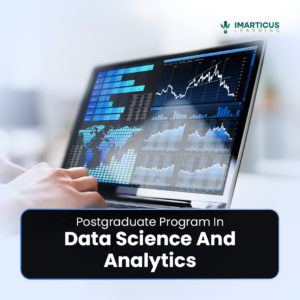Data has changed the digital landscape drastically in the past few decades. From analyzing and providing insights real-time to enhance one’s life, data is integral to everything we do.
It is impossible today to live in a world where we do not encounter data. Whether it is watching recipes on YouTube to adding friends on social networking sites, data is everywhere. Due to the abundance of data, there is also an abundance of knowledge and insights which we never had before.
However, if the data is outdated or irrelevant, it serves no purpose. This means that there is a real need today for data wrangling. Data wrangling is the art of providing the right information to business analysts to make the right decision on time. It aids organisations by sorting through data and access them for further processing and analytics.
Apart from this data wrangling also involves removing unnecessary data, organising them in a consumable fashion.
Data wrangling also provides organisations with the right information in a short span of time to access the right information thereby helping make strategic decisions for the business. It also helps business perform all these tasks at a reduced cost and more efficiently with minimal human intervention.
Here are the top reasons why data wrangling should be everyone’s priority
Credibility of data
When large amounts of data are processed for interpretation chances are all of it is not relevant or outdated. Although data wrangling is a tedious process, conducting it will ensure that the data secured is not outdated or irrelevant. Therefore, data wrangling provides credibility to data analytics courses. It picks the right data required in order to provide the necessary solutions to a problem.
Build trust amongst stakeholders
When valuable information is extracted and presented to the stakeholders involved it build trust. Data should not only be presented in a simple format, but it also must add value to the circumstances. This means that any data that is extracted must be able to benefit the organisation or individual one way or another. This can be achieved through data wrangling, making it an important activity to carry out in an organisation.
Aid Machine Learning
Machines of today have the ability to create, process and understand data to arrive at plausible solutions thereby aiding a company’s overall growth and success. In order to optimise the vast volumes of data obtained from various sources, data wrangling becomes an important task.
It is not possible for a machine to scale and learn from new information if the data itself is corrupt or unnecessary. Data which is historic in nature which allows the machine to learn and adapt can only be procured through data wrangling. If the quality of data that is fed into an AI is useless, the results which it will produce will also be irrelevant.
Conclusion
Data wrangling is extremely relevant today due to the large amounts of data that gets proceeded every day. We will not be able to do thorough analytics if we do not have a strong infrastructure of data storage and hence companies are investing heavily in data wrangling tools.

 Some ways in which data analysis can be distinguished are as follows:
Some ways in which data analysis can be distinguished are as follows:
